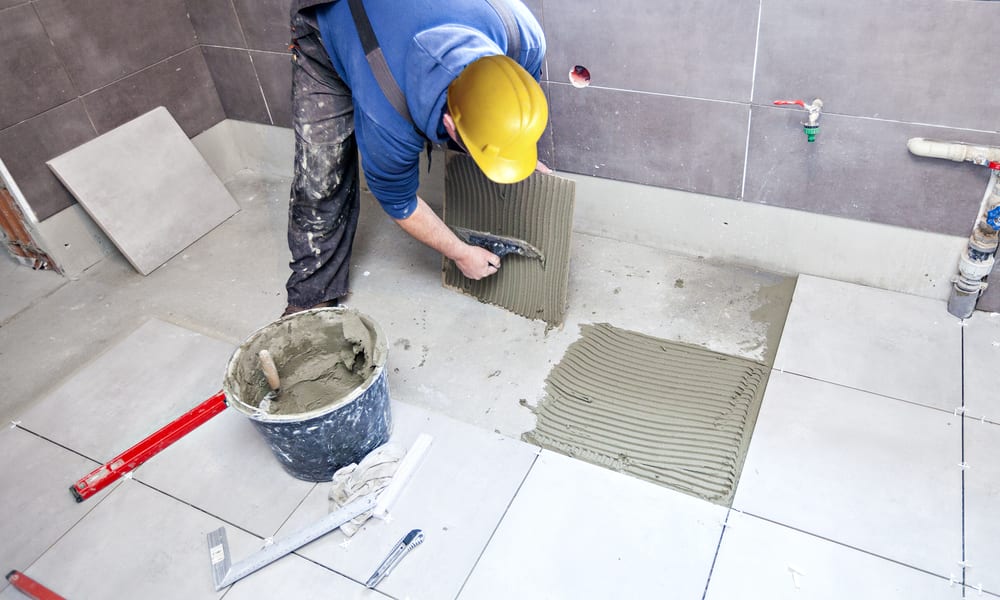Designing Accessible Wet Spaces for Universal Use
Designing wet spaces for universal use requires attention to functional detail, durable materials, and inclusive layout choices. An accessible wet space balances safety, independence, and long-term performance through coordinated planning of plumbing, waterproofing, ventilation, tiling, and lighting. Thoughtful choices in fixtures, drains, faucets, insulation, and grout help reduce maintenance and create a space that works for a wide range of users and abilities.

Accessibility and universal design
Consider accessibility as a baseline goal rather than an add-on. Elements such as grab bars, adjustable-height seating, and barrier-free entry points support people with mobility differences while also helping older adults and those carrying items. Door clearances, turning radii and threshold profiles influence whether a space is genuinely usable by wheelchair users or people with mobility aids. Fixtures and faucets should be located and installed at reachable heights; lever-style or touch-activated controls reduce dexterity demands. Non-slip tiling, well-sealed grout, and accessible drains ensure safety without compromising hygiene.
Plumbing, drains, and faucets considerations
Reliable plumbing is central to an accessible wet space. Positioning water supply and shutoff valves for easy access simplifies maintenance and emergency response. Floor and linear drains that are flush with the surface facilitate roll-in access and reduce trip hazards, while accessible faucets with single-lever or motion-activated controls make temperature and flow adjustments simpler. Consider thermostatic mixing valves to help manage water temperature for scald prevention. Coordinate plumbing rough-ins early in renovation plans to avoid costly rerouting later.
Waterproofing, insulation, and grout choices
Comprehensive waterproofing protects the structure and reduces long-term maintenance needs. Use continuous membrane systems on floors and walls in wet zones, and ensure transitions at niches, seats, and curbs are fully sealed. Insulation strategies around exterior walls and plumbing chases improve thermal comfort and reduce condensation risk. Grout selection affects durability and cleaning: epoxy and polymer-modified grouts resist staining and moisture better than untreated cementitious grouts, but each has trade-offs in cost and application technique. Regular inspection of seals and grout lines should be part of maintenance routines.
Tiling, fixtures, and maintenance
Tile patterns, sizes, and textures influence both safety and upkeep. Smaller tiles with more grout joints can offer traction, while larger tiles reduce grout area and simplify cleaning; the right choice depends on user needs and maintenance capacity. Fixtures—such as wall-hung toilets, recessed shelving, and accessible basins—should be selected for durability and easy servicing. Choose finishes that tolerate cleaning agents and frequent use. Plan maintenance access to behind-wall plumbing and mechanical components to reduce disruption during repairs or upgrades.
Ventilation, lighting, and air quality
Effective ventilation prevents mold growth and protects finishes. A ventilation strategy that matches the size and use patterns of the space—coupled with appropriate fans and ducting—helps control humidity and preserves insulation and waterproofing. Lighting is equally important: layered lighting that includes task illumination, glare control, and night-level fixtures improves safety and usability. Consider lighting placement to reduce shadows in shower or bathing areas and opt for fixtures rated for damp or wet locations. Good ventilation and lighting together support indoor air quality and occupant comfort.
Renovation, upgrades, and sustainability
When planning renovation or upgrades, prioritize adaptations that extend usability over time. Low-flow faucets and efficient water heaters can reduce resource use without compromising performance. Durable materials that tolerate moisture and frequent cleaning lower lifecycle maintenance needs. Insulation upgrades around water pipes reduce heat loss and the risk of freezing in colder climates. Select materials and components with repairable or recyclable properties where possible to support sustainability goals. Coordinate upgrades—such as changing tile layout, updating drains, or relocating fixtures—to minimize repeated interventions and overall disturbance.
Conclusion Designing accessible wet spaces for universal use requires integrated planning across plumbing, fixtures, tiling, ventilation, waterproofing, and lighting. Prioritizing accessibility, durable materials, and serviceable installations leads to safer, more comfortable spaces that accommodate diverse needs. Regular maintenance and thoughtful renovation choices extend functionality and support sustainability, ensuring wet spaces remain practical and resilient over time.





